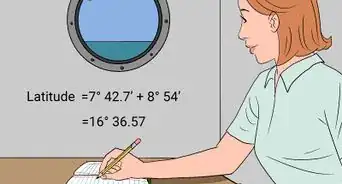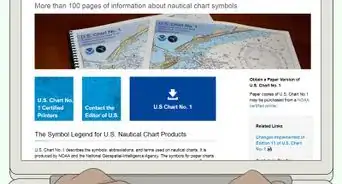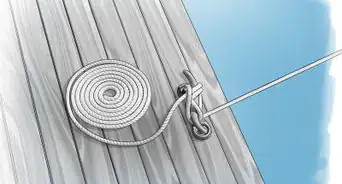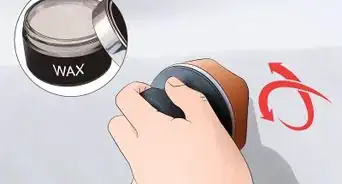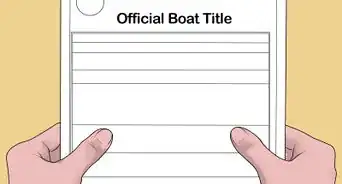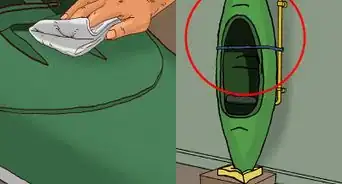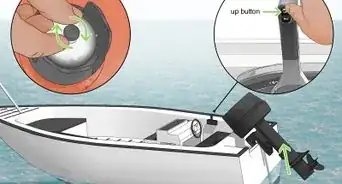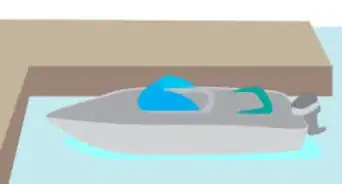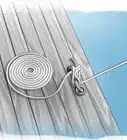This article was co-authored by wikiHow staff writer, Devin McSween. Devin McSween is a wikiHow Staff Writer. With a background in psychology, she has presented her research in social psychology at a variety of conferences and has contributed to several manuscripts for publication. At wikiHow, Devin combines her love of writing and research with the goal of bringing accessible information to wikiHow readers that will help them learn and grow. She earned her BS in Psychology from the College of Charleston.
Learn more...
You might be familiar with the hull and stern on a boat, but what is a transom? And is it important? On most boats, the transom is the vertical reinforcement at the stern of the boat. There’s definitely a lot of terminology to learn and remember when boating, so we’re here to tell you more about what the transom is and what it does. Then, to help you boat safely, we’ll tell you what to look out for and do if your transom gets damaged.
Things You Should Know
- A transom is a flat structure at the back of a boat that motors are usually attached to. It reinforces and supports the back of the boat.
- Over time, stress from the motors can cause cracks to form on your transom that water leaks into. As more water enters, the transom can rot.
- The best way to repair a damaged transom is to replace it. Once water enters and rots the transom, its structure is difficult to fix.
- To care for your transom, check it regularly for cracks and peeling seals. If you suspect it's wet, get a professional to take a sample.
Steps
References
- ↑ https://www.townandtourist.com/what-is-the-transom-on-a-boat/
- ↑ https://www.townandtourist.com/what-is-the-transom-on-a-boat/
- ↑ https://www.townandtourist.com/what-is-the-transom-on-a-boat/
- ↑ https://www.townandtourist.com/what-is-the-transom-on-a-boat/
- ↑ https://boatbuy.com.au/wet-transom-truths/
- ↑ https://www.townandtourist.com/what-is-the-transom-on-a-boat/
- ↑ https://www.youtube.com/watch?v=YH5CPO-upOA
- ↑ https://boatbuy.com.au/wet-transom-truths/
- ↑ https://boatbuy.com.au/wet-transom-truths/
